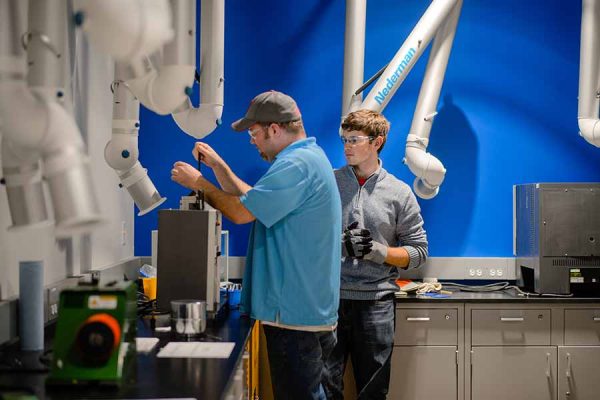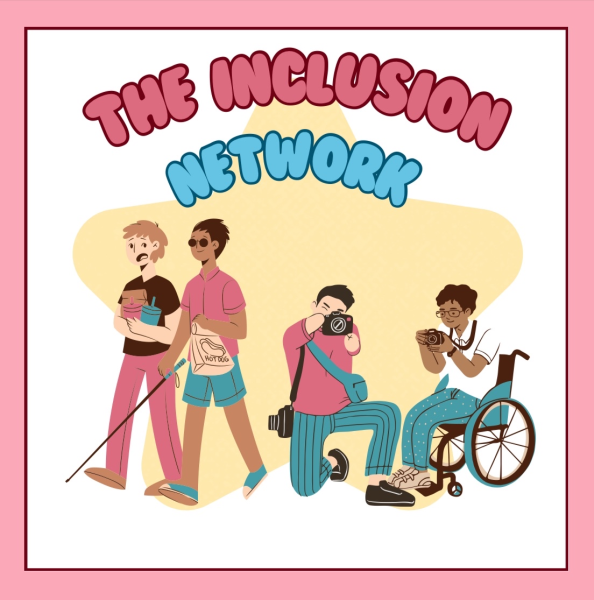Scioto County Moves to Level 3 as Death Rate Increases
A few days after the beginning of fall, the local community was keenly aware of the impact of coronavirus (COVID-19) and that it was once again on the rise. On Thursday, the Ohio Department of Health’s Public Health Advisory System made significant changes to the classification of the county’s current situation regarding COVID-19. The advisory system moved Scioto County to a level three, which is categorized as a red level. Such a change is symbolic of the significant shift of the public health atmosphere in Scioto County, with the overall case and death toll steadily increasing. The county had previously been a level two orange since July 30, 2020. This change comes just one day before the county reported another death (for a total of nine) and is the second time that Scioto County has been classified as a level three since the beginning of the categorization system by the Ohio Department of Health.
According to the Ohio Department of Health, in order for a county to to be classified as a level three, there must be very high exposure and spread as well as at least four of the seven indicators listed (to monitor the virus) present.
As of Friday, Sept. 25, 2020, The Scioto County and Portsmouth City Health Departments have reported a total of 513 cases, 441 recoveries, 63 active cases, and 9 deaths, with one new death added before the weekend. These statistics are important to help in understanding the depth and perception of the overall impact of COVID-19 in Scioto County.
Following the announcement of the change in the county’s advisory system status, several academic institutions responded accordingly. The Portsmouth City School District stated on their Facebook page that students would continue their current schedules (in-person classes two days per week). Shawnee State University also sent an email to students and faculty emphasizing the importance of continuing to follow campus safety guidelines (such as pre-screening health checks) as well as promoting virtual events and meetings. The campus will continue a hybrid model of both in-person and online courses.
As the year progresses, it is important for individuals to continue to monitor the spread of COVID-19 and to make an effort to practice precautionary care. The local economy, the academic setting, and many more aspects of daily life have all been directly impacted by COVID-19, so it is important to be informed and persistent as we make it through this global pandemic together as a community.







